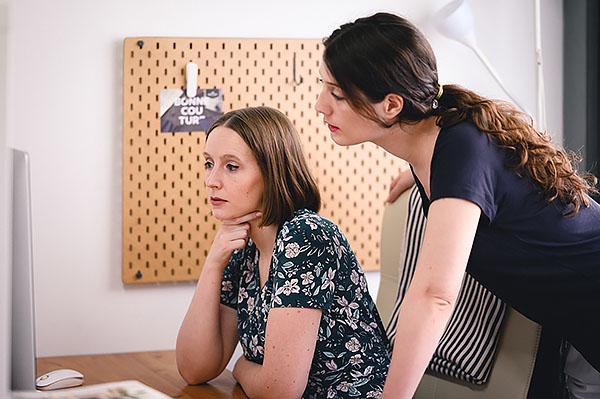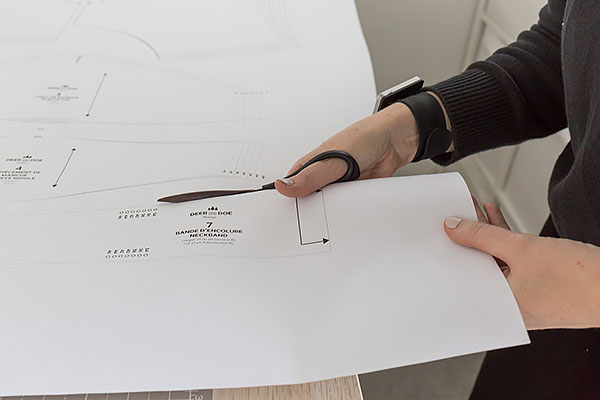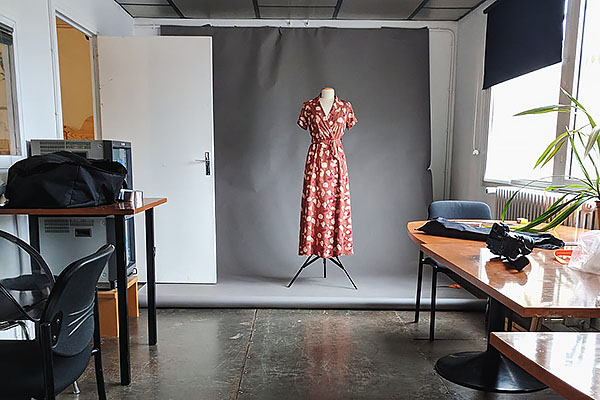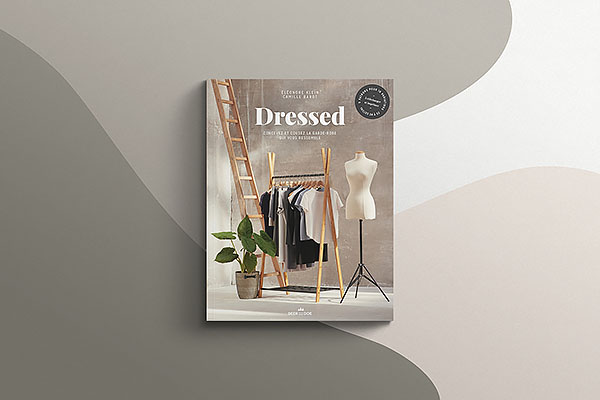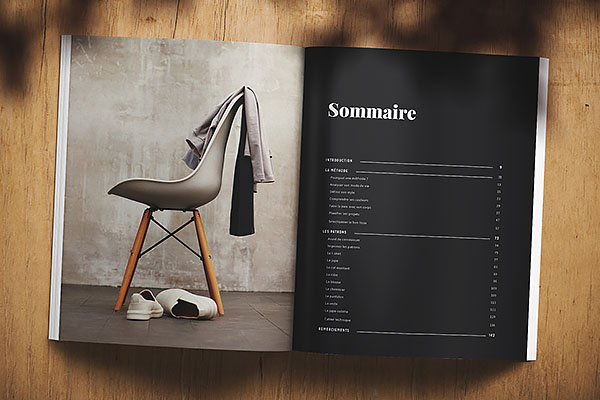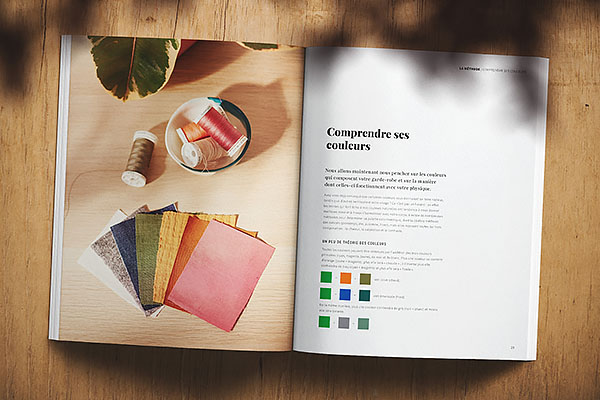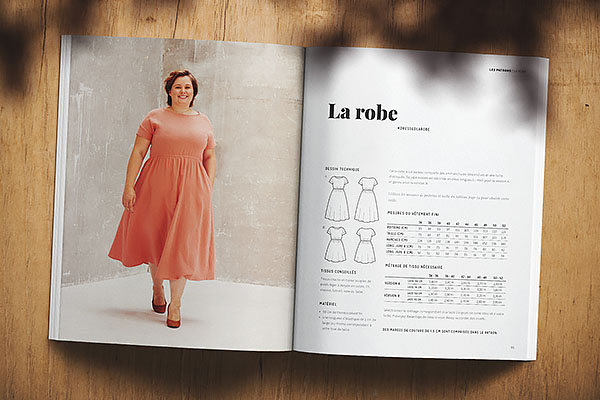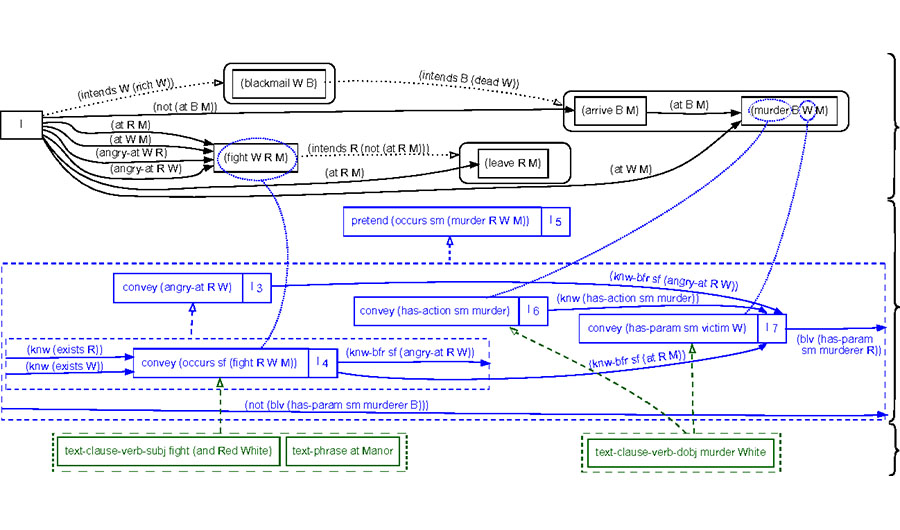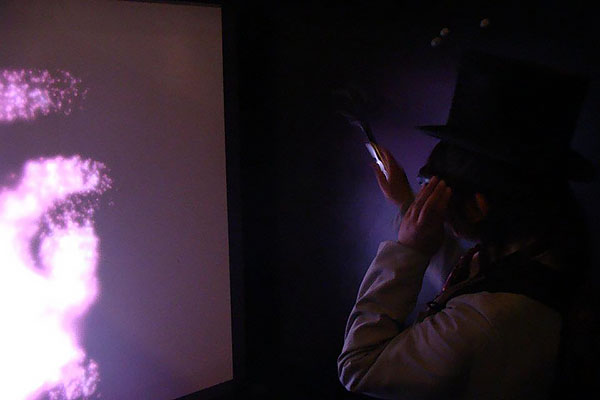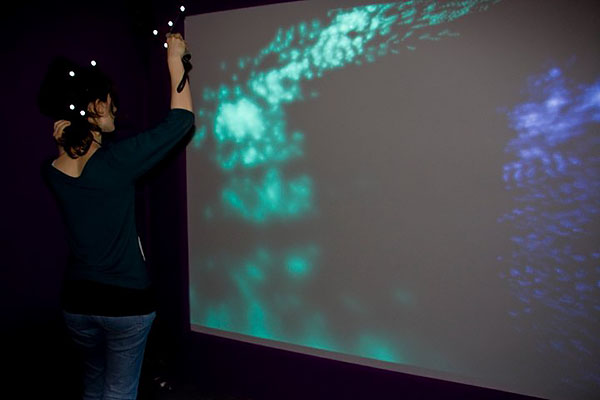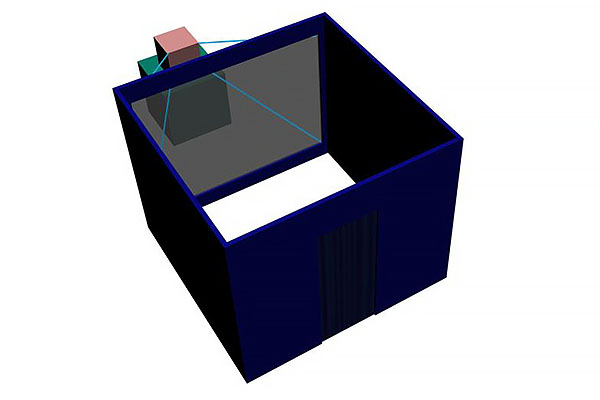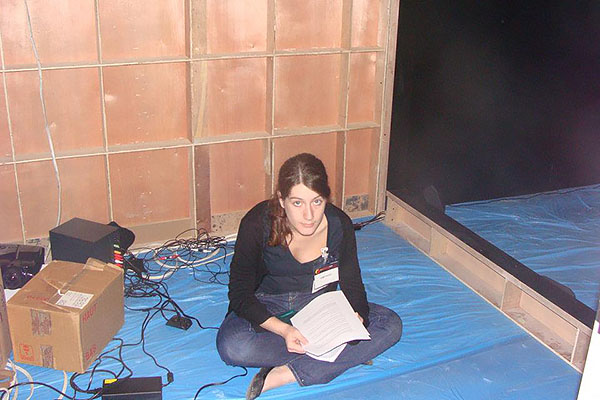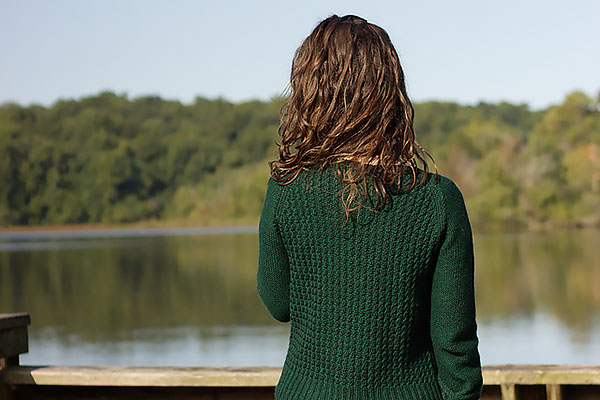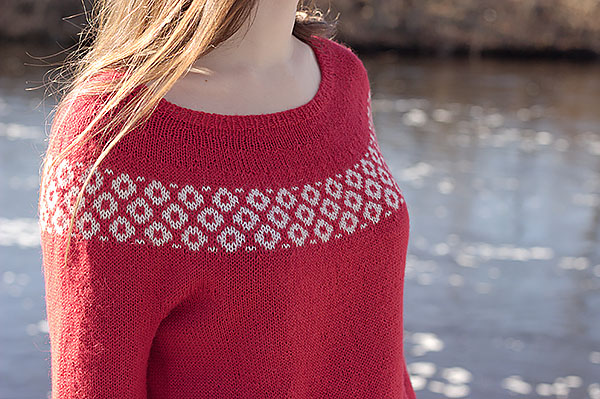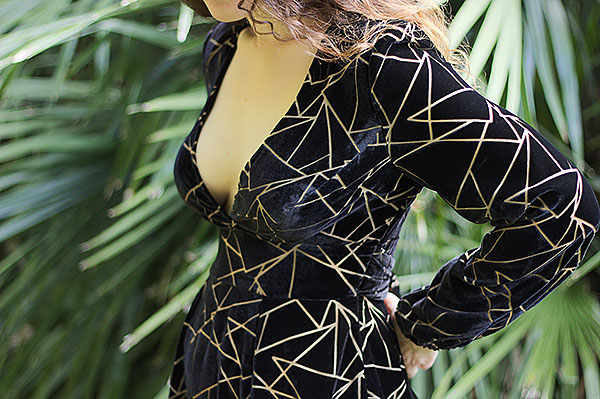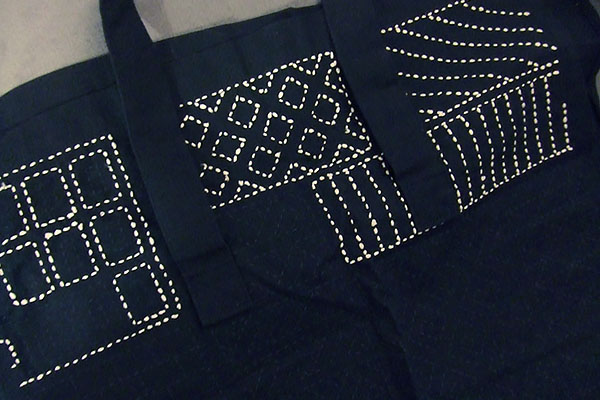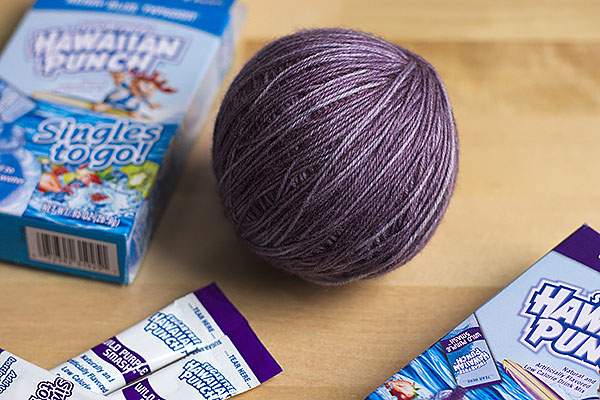About Me¶
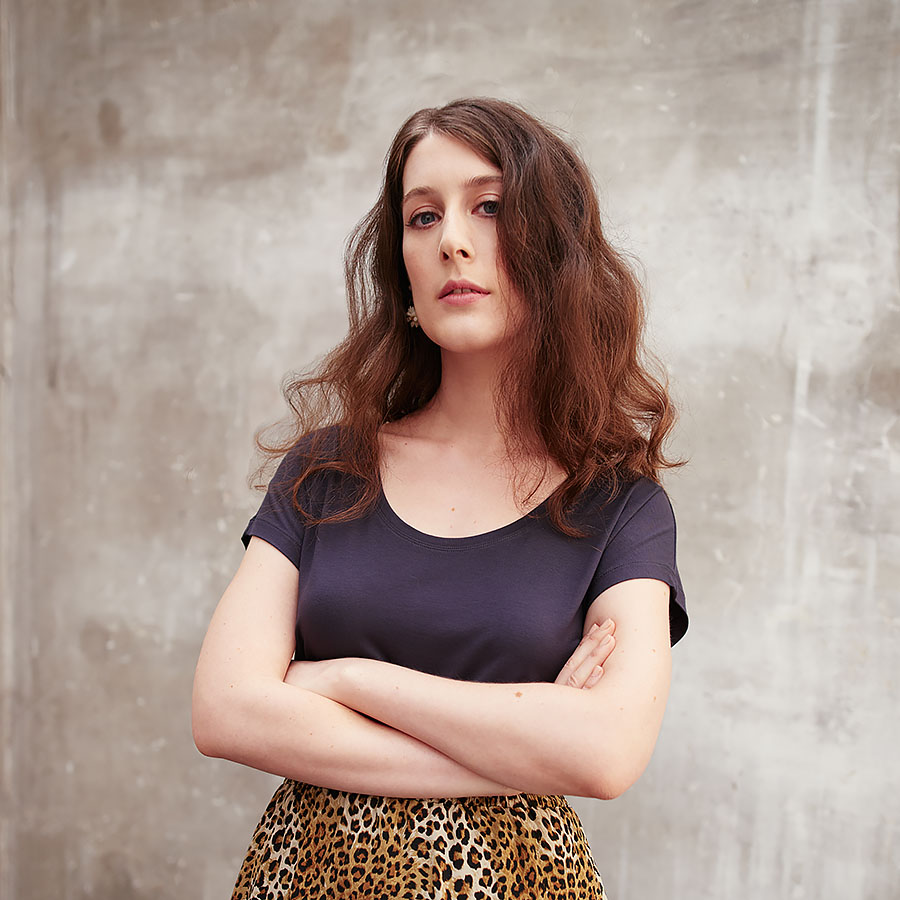
I'm Camille, a Franco-American maker with a background in artificial intelligence and a passion for textile crafts. I consider myself primarily a sewist and co-own an independent sewing pattern company called Deer&Doe. This website is a documentation of my journey as part of the Fabricademy program, through which I intend to explore the intersection between textile crafts and new technologies.
My story¶
Ever since I was a kid, I had been fascinated by video games and simulations, and their potential to explore branching narratives and virtual human behavior. I decided early on I wanted to make video games and went on to study computer science. I had a blast learning programming and discovering Artificial Intelligence, and got a Computer Engineering degree, a Master's Degree in Science and Technology, and a PhD in A.I., all from the University of Technology of Compiègne.
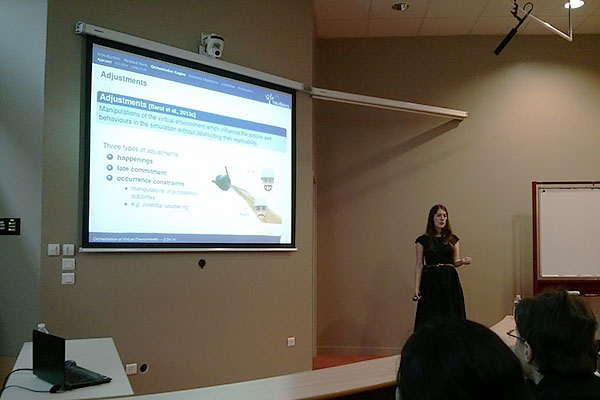 During my studies, I did a couple internships at video game studios, and while I learned a lot and had a ton of fun, I wasn't all that impressed with the toxic work environment at some of these companies. I was also disappointed by how shallow the simulations were, so I decided to turn towards academic research to dive deeper into modeling and understanding the complexities of human behavior. After finishing my PhD in 2014, I moved to the United States to work as a Research Scientist at North Carolina State University, doing research on automated narrative generation. After a couple years, however, I realized that academia was not a good fit for me, and I started considering a carreer change.
During my studies, I did a couple internships at video game studios, and while I learned a lot and had a ton of fun, I wasn't all that impressed with the toxic work environment at some of these companies. I was also disappointed by how shallow the simulations were, so I decided to turn towards academic research to dive deeper into modeling and understanding the complexities of human behavior. After finishing my PhD in 2014, I moved to the United States to work as a Research Scientist at North Carolina State University, doing research on automated narrative generation. After a couple years, however, I realized that academia was not a good fit for me, and I started considering a carreer change.
In parallel to my enthusiam for programming, I had also always been passionate about crafting. I had been knitting since childhood, and picked up sewing during my studies as a way to unwind, channel my creative energy, and balance the abstract, intellectual work with a tangible, productive hobby. Through the sewing community, I had met a friend who was launching her sewing pattern company, called Deer&Doe. I started working with her on my free time, first by modeling the garments, then by testing and providing feedback on the patterns. One day, as I was venting about my job and she was lamenting about her difficulties finding a business partner to join forces with, things clicked into place. In a matter of weeks, I resigned from my academic position, joined the company as a co-owner and started a new life as an entrepreneur in the amateur sewing industry.
 Though all the fashion design and pattern drafting was done by my partner, there were many areas of the business I could strive in, both creative and technical: coming up with product features, researching new garment construction methods, programming the website, among a myriad of other tasks. In the next six years, we achieved a lot: we launched digital patterns, a new size range, wrote a book, and established ourselved as the first independent sewing pattern brand in France, both in terms of sales and consumer appreciation.
Though all the fashion design and pattern drafting was done by my partner, there were many areas of the business I could strive in, both creative and technical: coming up with product features, researching new garment construction methods, programming the website, among a myriad of other tasks. In the next six years, we achieved a lot: we launched digital patterns, a new size range, wrote a book, and established ourselved as the first independent sewing pattern brand in France, both in terms of sales and consumer appreciation.
One thing kept bugging me though, exemplified by the reaction most people had when I was sharing my professional journey: "Sewing patterns, thats awesome! So, what part does A.I. play in all that?" Well, so far, none. There's a lot that could be done, for sure, from procedural pattern generation to automated cutting layouts, but as it turns out there is already a lot to do when running a company and little free time for exploring low-priority areas such as these. Which brings me here, to Fabricademy. My goal for this program is not to work on projets or tools for my company, in fact quite the opposite. It is my hope that taking some time to explore freely different crafts and technologies — some I already have experience with, some completely new to me — will allow me to eventually take a step back and look at the big picture. Not using artificial intelligence for the sake of it, but contemplating the possibilities in conception, fabrication or user experience enabled by new technologies, whether they are linked to my current work or for future endeavors.
Previous work¶
My previous work ranges from concrete needlecrafts to abstract knowledge models, with a special emphasis on creating tools and frameworks that in turn help others express their creativity — whether these others are human or machine. Patterns are the common thread that connects all my projets. I love finding patterns in data and creating models and frameworks that can help understand, and in turn teach, various domains. I love studying crafting patterns (sewing patterns, knitting patterns, embroidery patterns and so on) and the different way they guide their users through the process of creation. I love creating these patterns and finding the balance between providing instructions and creating space to express creativity.
Deer&Doe Patterns¶
Deer&Doe Patterns is an independent sewing patterns brand targeted to home sewists, from beginners all the way to experienced sewists. We focus on women garments and draft for two size ranges, going from size 34 to size 60. From 2012 to 2021 we produced paper patterns, with printed paper sheeets and instruction booklets in French and English. Since 2022 we've stopped to production of paper products to focus on digital offerings. We now exclusively offer digital patterns, with pattern sheets that can be printed and assembled at home or at a professional printer, and intruction files that are optimized for phones and tablets. I joined Deer&Doe Patterns as a co-owner in 2016 and took over product development and project management. My business partner, Eléonore Klein, handles the creative side, including fashion design and pattern drafting.
Dressed Book¶
In November 2019, my business partner Eléonore Klein and I released our first book, named *Dressed — Design and Sew the Wardrobe for You".
Automated Narrative Generation¶
Test footnote1
Immersive Music Painter¶
Immersive Music Painter was a virtual reality installation that I created in 2010 with Kevin Carpentier. Exposed in the Art Gallery at SIGGRAPH Asia 2011 in Hong Kong.
The user was tracked in 3D space by infrared cameras through a marker affixed on a top hat. That hat originally belonged to my great-grandfather, who was a professional magician and ventriloquist.
Simone the Turtle¶

On a wildly different scale, but worth mentioning anyways, is a small Arduino prototype I built in a weekend of 2015 with my friend Alli Arrocho called Simone the Turtle. Simone was a turtle plushie that featured a game of Simon says on her shell, complete with lights and music. It used a Flora microcontroller, some copper and nickel-plated polyester conductive fabric, a few NeoPixels and a small speaker.
Here's a video of the working prototype showing the use of conductive fabric as a tactile sensor:
Unfortunately, I couldn't locate a video of the final result with the working plushie, which only goes to show the importance of documenting your work properly as you go!
Textile Crafts¶
Documentation and tutorials¶
-
Reference footnote ↩

